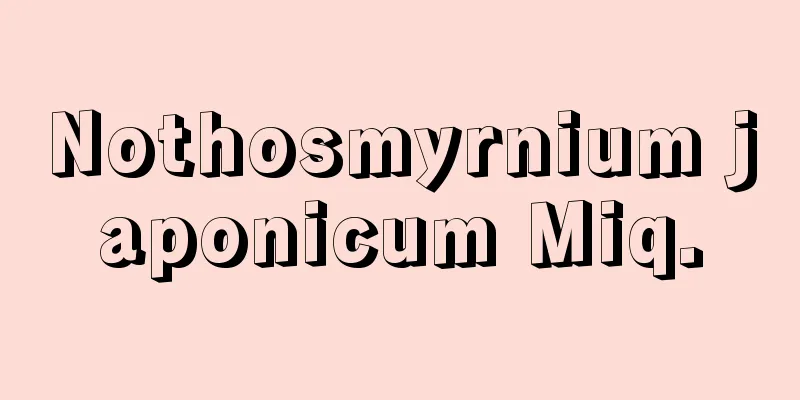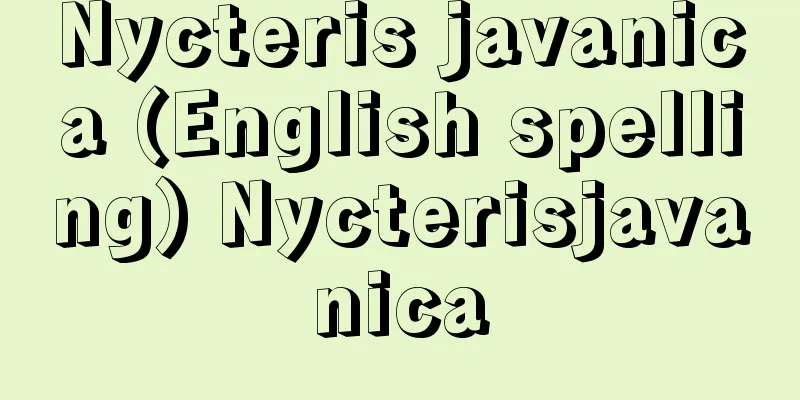Bushu Uprising

|
A peasant uprising occurred in Musashi Province at the end of the Edo period. In 1866, peasants in mountain villages in Musashi Province's Chichibu, Koma, and Tama counties became impoverished by the soaring prices of rice and other commodities, and asked local merchants to sell them rice at a lower price, but were refused. They then formed a group called the "Uchikowashi Renchu" (Uchikowashi Group) and rose up in revolt. This uprising spanned 15 counties in Musashi Province and two counties in Kozuke Province, and is said to have involved over 100,000 people from the three provinces of Shimotsuke, Sagami, and Hitachi. The rebels demanded the free return of donations, rice, pawned goods, and land from wealthy farmers. If they accepted, they left it up to the village to fulfill the demands. If they refused or failed to fulfill the demands, they destroyed the villages, moving from village to village under the pretext of equalizing the world and reforming society. Some rebels headed for Yokohama, blaming the high prices on Yokohama trade. However, they had a platform forbidding the theft of money and rice, murder, and arson when destroying the houses. In this way, more than 450 houses, including those of wealthy farmers and village officials, were destroyed. The shogunate ordered infantry, farm soldiers, and daimyo from Musashi and Kozuke provinces to suppress the rebellion, bringing it to an end within seven days of the uprising, and sentenced the ringleaders of the rebellion to death or exile, but encouraged the wealthy farmers to give donations and rice. Source : Heibonsha Encyclopedia About MyPedia Information |
|
幕末期に武蔵(むさし)国で起きた百姓一揆。1866年武蔵国の秩父(ちちぶ)郡・高麗(こま)郡・多摩(たま)郡の山村の百姓が米値など諸物価の高騰に困窮し,在郷商人らに米穀の安値売りを求めたが拒絶され,〈打毀(うちこわし)連中〉を結成して同時に蜂起したもの。これは武蔵国の15郡,上野(こうずけ)国の2郡にもわたり,下野(しもつけ)・相模(相模)・常陸(ひたち)の3ヵ国を含めて10万人余の参加があったとされる。一揆勢は豪農に対して施金(ほどこしきん)・施米や質物(しちもの)・質地の無償返還を要求,これを受諾すればその履行を村ごとに任せ,拒否したり不履行の場合は打毀しにして,世均(よなら)し・世直しと称して村々を移動していった。高騰の原因を横浜貿易として横浜に向かう一揆勢もあった。ただし打毀しに際して金・米の窃盗,殺害,放火などを禁じた綱領を掲げていた。こうして豪農や村方役人宅など450軒余を打毀しにしている。幕府は歩兵・農兵や,武蔵・上野両国の諸大名に鎮圧を命じ,蜂起から7日間で収束させ,一揆の首謀者を死罪・遠島などに処したが,豪農層に対して施金・施米を奨励している。
出典 株式会社平凡社百科事典マイペディアについて 情報 |
<<: Wu Zhou Revolution (English: Wu Zhou Revolution)
Recommend
surcot ouvert (English spelling) surcotouvert
…Eventually, it was used not only for military un...
River construction - Kawabushin
〘Noun〙 River improvement work. A general term for ...
Port‐Gentil
A port city in the western part of the Republic of...
Debierne, A. (English spelling) DebierneA
…Many isotopes are known, but the longest half-li...
Asian bell frog - Asian bell frog
...Sometimes they turn over with the red ventral ...
Azukinashi - Azuki-nashi
It is a deciduous tree of the Rosaceae family (AP...
Badger State
…There is also a legend that a badger's legs ...
Sūr (English spelling) Sur
...Humayun died soon after returning to the thron...
bilaval (English spelling) bilaval
…Each raga is assigned to one of these 72 scales....
Bonito (tooth bonito)
A marine fish of the Scombridae family of the Perc...
Henri Cartier‐Bresson
1908‐2004 French photographer. Born in Normandy. I...
Motacilla alba ocularis (English spelling)Motacillaalbaocularis
… Wagtail [Hiroshi Hasegawa]. . . *Some of the te...
chemical element
…the current, Atomic Number There are 107 known e...
Attusikarupe - Attusikarupe
...The bark of the linden tree and the elm tree i...
Aoi Festival - Aoi Festival
This festival is held on May 15th at Kamo Wakeika...









